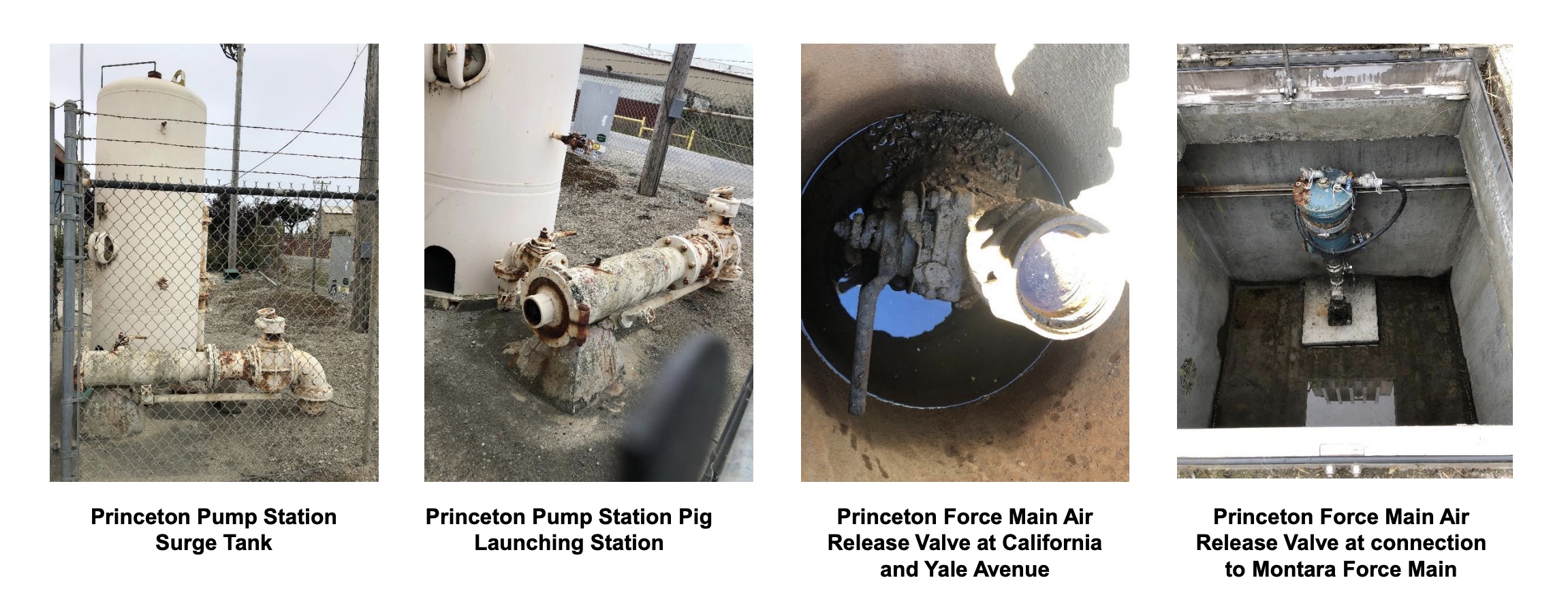Meteorological Analysis and Sustainable Development Implications
Report for Milton, DE (19968) – August 12, 2025
Weather Conditions Summary
- Sky Conditions: Generally clear with a few passing clouds.
- Low Temperature: 71°F.
- Wind Conditions: Light and variable.
Assessment in Relation to Sustainable Development Goals (SDGs)
-
SDG 13: Climate Action
- This meteorological report provides essential data for monitoring local weather patterns, which is fundamental to tracking long-term climate change.
- Accurate, localized forecasting supports climate adaptation strategies and community preparedness for weather-related events.
-
SDG 11: Sustainable Cities and Communities
- The stable and mild weather conditions contribute to the safety and resilience of community infrastructure.
- Predictable forecasts allow for the effective management of urban services and the planning of safe community and recreational activities.
-
SDG 7: Affordable and Clean Energy
- The forecast of generally clear skies indicates favorable conditions for maximizing solar power generation, contributing to the clean energy supply.
- Light and variable winds underscore the importance of a diverse renewable energy infrastructure that is not solely reliant on wind power.
-
SDG 3: Good Health and Well-being
- The moderate low temperature helps mitigate health risks associated with temperature extremes.
- Clear weather conditions encourage outdoor physical activities, which are beneficial for the physical and mental well-being of the population.
1. Which SDGs are addressed or connected to the issues highlighted in the article?
-
SDG 13: Climate Action
The article provides a weather forecast, which is fundamental data for monitoring climate, understanding weather patterns, and providing early warnings for climate-related hazards. This directly supports actions to combat climate change and its impacts.
-
SDG 11: Sustainable Cities and Communities
Weather forecasts are a critical component of early warning systems that help communities prepare for and mitigate the impact of natural disasters, such as storms or extreme temperatures. This contributes to making cities and human settlements safer and more resilient.
2. What specific targets under those SDGs can be identified based on the article’s content?
-
Target 13.1: Strengthen resilience and adaptive capacity to climate-related hazards and natural disasters in all countries.
The provision of a daily weather forecast for Milton, DE, as shown in the article, is an essential service that enhances the adaptive capacity of the local population. It allows individuals and communities to prepare for daily weather conditions and potential climate-related hazards.
-
Target 13.3: Improve education, awareness-raising and human and institutional capacity on climate change mitigation, adaptation, impact reduction and early warning.
A publicly accessible weather forecast service represents an institutional capacity for early warning. By disseminating this information, it raises public awareness about immediate atmospheric conditions, a foundational element of broader climate change adaptation and impact reduction efforts.
-
Target 11.5: By 2030, significantly reduce the number of deaths and the number of people affected and substantially decrease the direct economic losses relative to global gross domestic product caused by disasters…
The weather information provided is a form of early warning, which is the first step in disaster risk reduction. Timely forecasts enable preparedness actions that can reduce the human and economic impact of weather-related disasters.
3. Are there any indicators mentioned or implied in the article that can be used to measure progress towards the identified targets?
The article does not explicitly mention any official SDG indicators. However, it provides data and implies the existence of systems that are relevant to certain indicators:
-
Implied Indicator for Target 13.1 & 11.5: Existence of a multi-hazard early warning system.
The article is an output of a weather forecasting system, which is a key part of an early warning system. The ability to provide localized, up-to-date weather information for “Milton, DE” implies that a system is in place, which aligns with indicators that measure the adoption and implementation of disaster risk reduction strategies (e.g., Indicator 13.1.1).
-
Data Points as Proxies: Temperature and Wind Conditions.
The specific data points mentioned (“Low 71F”, “Winds light and variable”) are raw meteorological data. While not SDG indicators themselves, they are the foundational data collected and analyzed to monitor climate trends and provide the forecasts necessary to achieve climate action and disaster reduction targets.
4. Table of SDGs, Targets, and Indicators
| SDGs | Targets | Indicators (Mentioned or Implied) |
|---|---|---|
| SDG 13: Climate Action | 13.1: Strengthen resilience and adaptive capacity to climate-related hazards.
13.3: Improve education, awareness-raising and human and institutional capacity on early warning. |
Implied: The existence of a local weather forecasting service as part of an early warning system.
Data Points: Specific meteorological data (temperature, wind, cloud cover) used for climate monitoring and forecasting. |
| SDG 11: Sustainable Cities and Communities | 11.5: Significantly reduce the number of deaths and people affected by disasters. | Implied: The provision of public weather information as a component of a local disaster risk reduction strategy. |
Source: coasttv.com







